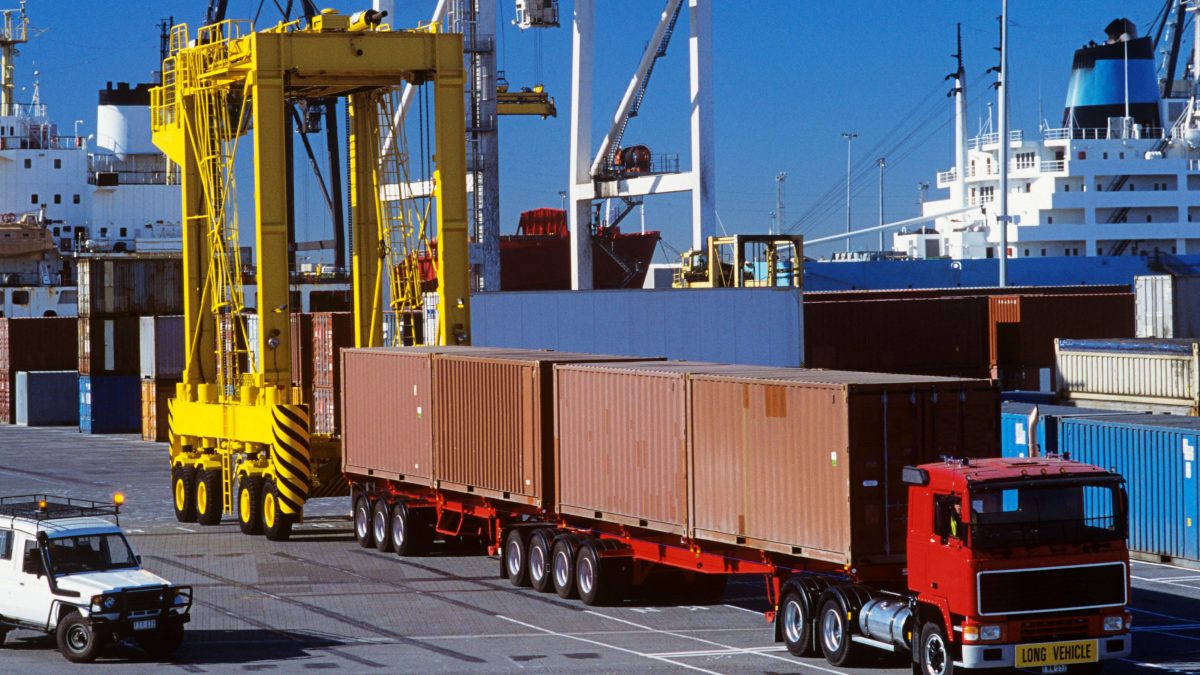Everything you need to know about Break Bulk Cargo

Full Truck Load logistics (FTL) Transportation in India , Nepal, Bhutan
April 14, 2020
Impact of Covid-19 on the Logistics Industry
April 28, 2020- break bulk
- break bulk box
- break bulk cargo
- break bulk container
- breakbulk
- breakbulk cargo
- bulk
- cargo
- cargo ship
- define break bulk cargo
- define bulk cargo
- difference between bulk cargo and break bulk cargo
- high breakbulk cargo
- instar break bulk europe 2017
- long breakbulk cargo
- neo-bulk cargo
- oversized cargo
- project cargo
- rail cargo
- rail cargobreak bulk cargo
- what is break bulk cargo
- what is bulk cargo
- wide breakbulk cargo
Break Bulk Cargo
The first thing we need to know is; what is a break bulk cargo? How is it different from the regular variety?
Break bulk cargo or general cargo are goods that must be loaded individually, and not in intermodal containers nor in bulk as with oil or grain. Ships that carry this sort of cargo are called general cargo ships. The term break bulk derives from the phrase breaking bulk—the extraction of a portion of the cargo of a ship or the beginning of the unloading process from the ship’s holds. These goods may not be in shipping containers. Break bulk cargo is transported in bags, boxes, crates, drums, or barrels. Unit loads of items secured to a pallet or skid are also used.
And what exactly are the categories of cargo?
Break bulk cargo or general cargo, bulk cargo (dry bulk cargo), bulk liquid cargo, container cargo, Neo-bulk cargo, passenger cargo, project cargo, refrigerated cargo and roll on/roll off cargo.
The next question to be asked is; what is the difference between bulk and break bulk cargo?
The two terms have been used interchangeably, but this is incorrect. There are distinct differences between the two. The most important distinction to be made is that bulk cargo does not carry the cargo in a packaged form. Whereas, Break Bulk carries cargo that are packaged. The vessels that carry bulk and break bulk cargo have different carrying capacities. Bulkers do not carry bulk on deck, but break-bulk ships carry cargo on to the deck. Bulk vessels charge on the basis of quantity and the cargo loaded. Break bulk cargo rates rely on volume or weight of the cargo, whichever is greater.
Now that we know what the cargo is, we need to ask; what is break bulk cargo in shipping?

Break Bulk vessel
Break bulk vessels were increasingly popular in the 1960’s. This was before the invent on containers. Containers have taken over the market today, but there is still a need for break bulk cargo vessels. Break bulk vessels can be used to transport goods to larger ships that may not be able to enter the shallow ports. The cargo on them may belong to multiple customers.
Another important question is; What is a Break Bulk Warehouse?
A break bulk warehouse is typically located at the dock where the break bulk vessel is to be loaded. The cargo is transported to the warehouse for storage. Once the break bulk ship arrives the dock, the goods are taken from the warehouse and loaded into the ship. Cranes are used to transport the goods from the warehouse onto the break bulk vessel.The final question to be asked is;
what is break bulk bill of lading?
It is a legal document representing the ownership of the cargo. It contains the agreement between the shipper and carrier regarding contract and confirming the receipts.
Some examples of break bulk cargo are:
- Bagged cargo
- Baled goods
- Barrels and cask
- Corrugated boxes
- Wooden shipping containers
- Drums
- Paper reels
- Motor vehicles
- Steel girders
The popularity of Bulk Break Cargo is drastically decreasing. When weighing the advantages of break bulk vs containers, containers prove more efficient. In the usage of break bulk cargo, the risks outweigh the rewards. The break bulk cargo handling procedure is cumbersome and prone to mistakes if not cleaned out thoroughly. But there is some still cargo that require the break bulk services as stated above.

